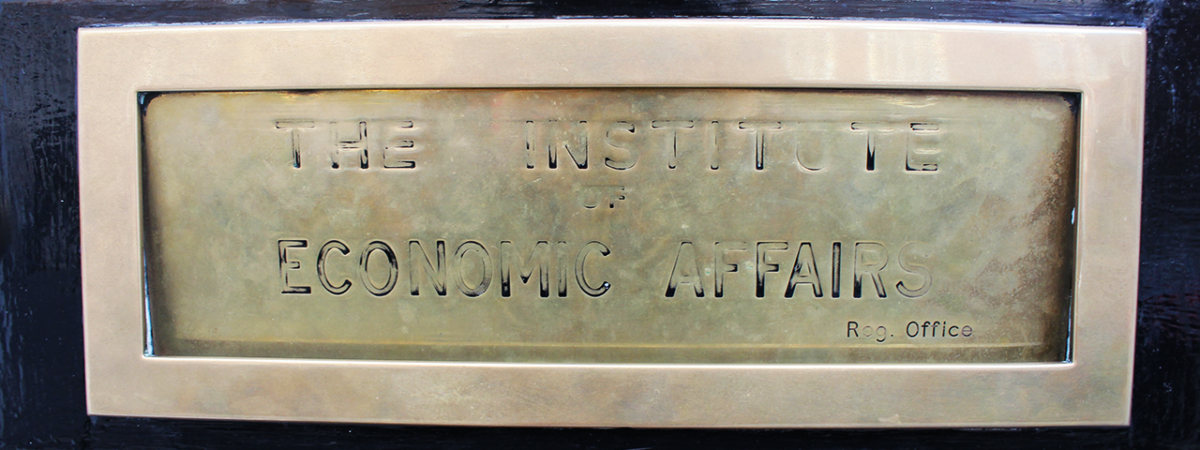Brexit provides opportunity to slimline costly regulation of insurance market
SUGGESTED

IEA releases report debunking the myths surrounding the purposes of tax havens

ITCU Advisory Council comes to the UK

IEA releases report on insurance market regulation
Reducing risk comes at a cost, introduces complexity and can be counterproductive. Implementation of the EU’s Solvency II cost insurance companies and ultimately policyholders £2.6 billion with an ongoing cost of £196 million every year.
The rigid regulations imposed by the EU Solvency II regulatory framework are likely to exacerbate the problems they set out to fix. For example, subjecting all insurance companies to the same regulatory model is likely to encourage herding in asset markets. This could, in turn, lead to systemic risk developing if they simultaneously try to change their investment holdings. In addition, the Solvency II framework for insurance regulation, which is based on the Basel approach to the regulation of banks in-force at the time of the 2008 crisis, only quantifies risk and not the kind of radical uncertainty that often generates the shocks that bring down insurance companies.
A new report from the Institute of Economic Affairs makes the case that regulation should focus on the provision of information, moving back to the ‘freedom with publicity’ regime which required transparency, was light-touch and ran with the grain of the market. This framework operated very effectively with only a tiny number of insolvencies in the 100 years before we entered the European Union.
In addition to this, there should also be a system of voluntary government regulation. Insurers could choose whether to opt in and would have to make very clear to policyholders if they chose not to. This would allow some competition between regulatory regimes, with consumers having the option to choose an unregulated or regulated insurer.
Recommendations:
• The role of the regulator should be limited to monitoring and supervising insurance companies.
• Solvency II should be replaced by a simple requirement for an insurance company to demonstrate its solvency and the extent of its free capital.
• The regulator should be able to raise concerns with the company privately or publicly and publish correspondence about the company’s solvency position if appropriate.
• A voluntary regulation regime run by government should be introduced – this would provide another mechanism which would compete with approaches that developed within markets designed to ensure that insurance companies operated in the best interests of policyholders.
• Such a mechanism would allow innovation in private forms of regulation.
Commenting on the report, author Philip Booth, Senior Academic Fellow at the Institute of Economic Affairs, said:
“Financial markets have become bound up with more and more regulation which is increasingly costly and complex. Increased levels of regulation did not stop the financial crisis nor the failure of the Equitable. The history of UK insurance markets shows that, in a lightly regulated market, insolvencies are rare and they have not generally damaged customers significantly or on a wide scale. It is time to start rolling back and simplifying the regulation of insurance companies.”
Notes to editors:
For media enquiries please contact Nerissa Chesterfield, Communications Officer: nchesterfield@iea.org.uk or 0207 799 8920 or 07791 390 268
To download a copy of ‘Avoiding the risks of regulatory red tape: Insurance regulation for the 21st Century‘, please click here.
The mission of the Institute of Economic Affairs is to improve understanding of the fundamental institutions of a free society by analysing and expounding the role of markets in solving economic and social problems and seeks to provide analysis in order to improve the public understanding of economics.
The IEA is a registered educational charity and independent of all political parties.
Further IEA Reading: The IEA Brexit Prize: A Blueprint for Britain – Openness not Isolation ; Brexit Prize: Final shortlisted entries



